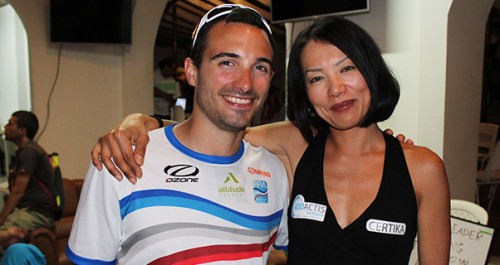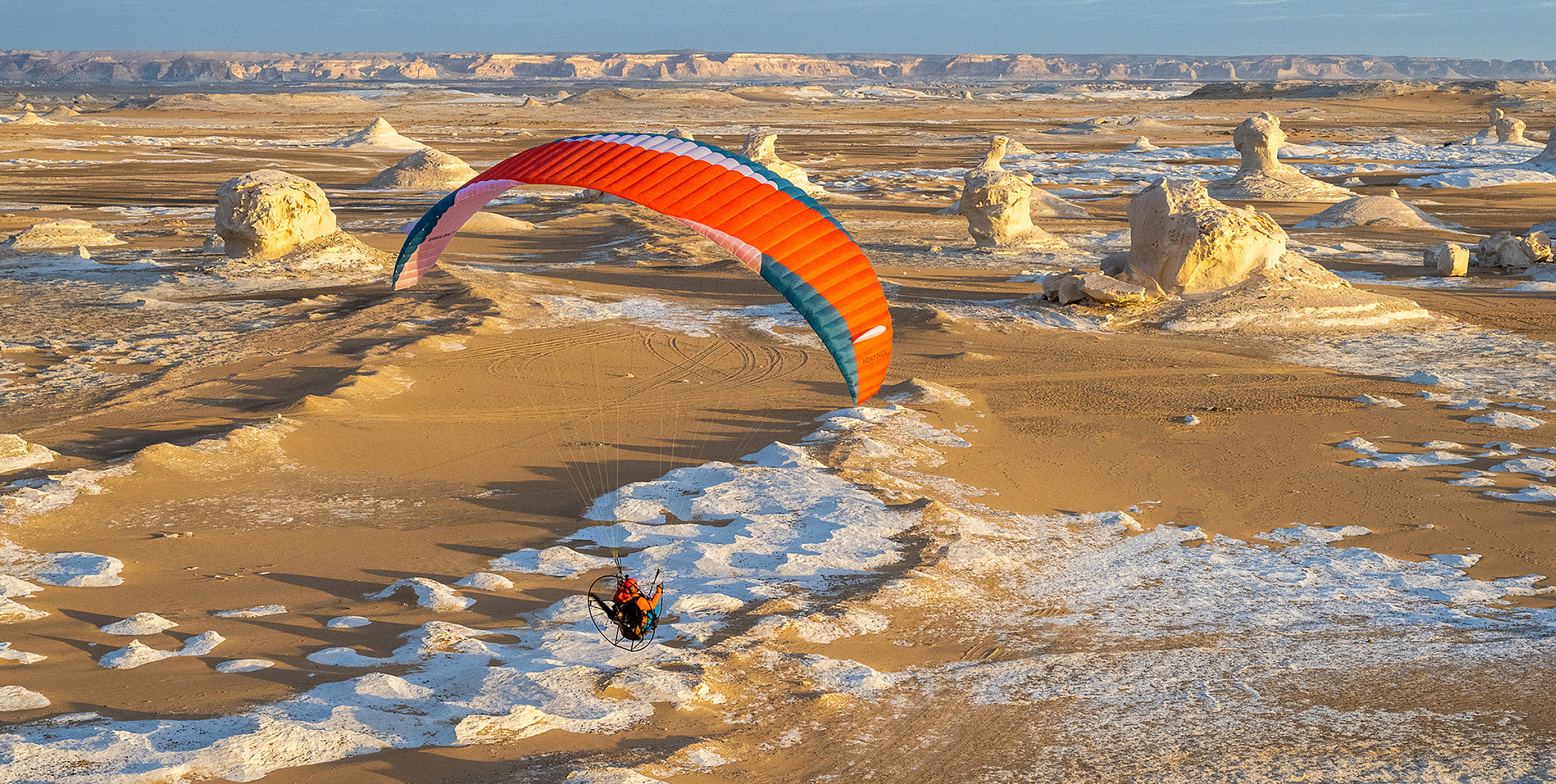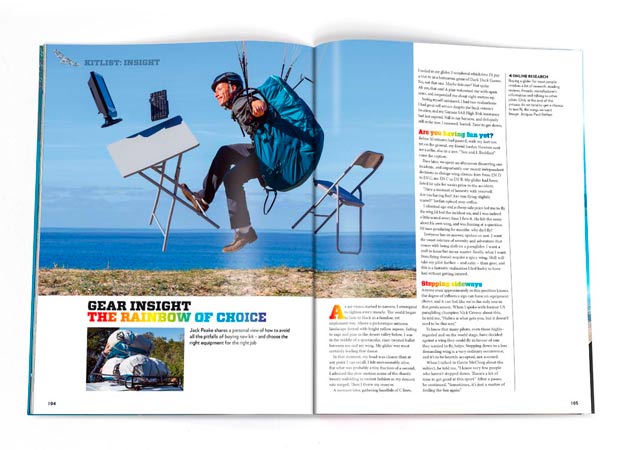
Honorin Hamard and Seiko Fukuoka at the FAI Paragliding World Championships in Colombia, January 2015. Photo: Ed Ewing
Thanks for taking part! Here are the answers. Sorry we couldn’t give them out straight away, but we wanted a good sized sample of responses to get a clear idea of the levels of general knowledge in our sport. Some of the questions were definitely tricky! We now have enough responses to make some really good infographics for the magazine.
Who is the current FAI world paragliding champion?
Answer: Honorin Hamard.
The Frenchman won the last FAI World Championships, held in Roldanillo, Colombia in January 2015. The FAI World Championships are held every two years, and are not to be confused with the Paragliding World Cup Superfinal, a similarly high level event that is held annually, most recently won by Stefan Wyss.
Who’s the current male FAI flexwing hang gliding world champion?
Answer: Cristian Ciech.
The Italian won the flexwing world championships in Mexico in 2015, where pilots fly ‘class 1’ hang gliders. Meanwhile Manfred Ruhmer is the current ‘class 2’ world champion, flying his Swift. There’s also a ‘class 5’ for rigid wings – Tim Grabowski, flying his Air Atos VR, is the world champion in this discipline.
What’s the most common injury to the recreational paraglider pilot?
Answer: unclear!
Compressed vertebraes feature highly in incident reports, but no proper statistical analysis has been done over the number of relationships that have suffered AIDS (aviation induced divorce syndrome), but qualitative research would suggest it is a high number. So we’re calling it a tie between broken backs and broken marriages.
What’s the furthest anyone’s flown on a hang glider?
Answer: 764km
Dustin Martin set the current world record in Texas, 2012. It was a thrilling eleven hour flight with his good friend Jonny Durand, who he just managed to out-fly right at the end of the day. Read more about it.
Where is paragliding commonly regarded to have started as a sport?
Answer: Mieussy, France
In June 1978 three friends Jean-Claude Bétemps, André Bohn and Gérard Bosson tried to slope soar their parachutes there. But the work of Xavier Murillo revealed a pioneer had invented a paraglider over ten years earlier. More on that in a moment.
How many times has Chrigel Maurer won the Red Bull X-Alps?
Answer: four times
In 2009 Chrigel arrived at the startline as very much an outsider. Despite his World Cup and European title success, few thought he’d have the physical stamina. The Swiss pilot’s victories in that year, 2011, 2013 and 2015 proved everyone wrong.
Who’s the current designer at Air Design?
Answer: Stefan Stieglair
The 1995 paragliding world champion has had a long career as a designer, working for UP before moving to start Air Design with a break-away team from Airwave.
Who invented the revolutionary single-skinned paraglider?
Answer: David Barish
In 1965 the American was designing and self-building single-skinned paragliders, and flying them from the ski slopes of the east coast resorts. His work as a designer for NASA prompted him to experiment with the design, but it was never really picked up until Xavier Murillo came across his work in 1998.
Come 2001 he was heralded as the forgotten father of paragliding. More recently, David Dagault designed the first commercially available super-lightweight single-skinned paraglider. The XXLite was released in 2012. Read more about David Barish here or read his obituary in the New York Times.
Where was the 2015 Paragliding Superfinal held?
Answer: Valle de Bravo, Mexico
Eight tasks were flown, with Switzerland’s Stefan Wyss winning in absolute style. Fresh from breaking the women’s distance record in Australia, Seiko Fukuoka Naville won the women’s title.
Valle super final 2015 task 2 the flight-general audiences from Philippe Broers on Vimeo.
What is a conical ESS to do with?
Answer: paragliding competitions
‘ESS’ stands for ‘end of speed section.’ During a race, pilots must race to a virtual finish line (usually a cylinder around the goal field) where their race time ends. They then have to fly in to land at goal. The idea is to stop pilots racing at full speed, which can be more dangerous, at low levels. A conical ESS is intended to make it even safer, as the virtual finish line is closer to you the higher you are.
What’s the airspeed velocity of an unladen swallow?
Answer: 11 m/s.
Obviously.
Who was the first person to fly off Everest?
Answer: Jean-Marc Boivin.
The French mountaineer summited and made the first descent in 1988. His ground-handling wasn’t up to much but he even threw some wingovers on the way down. Boivin was a legend: in 1985 he broke the altitude record for a hang glider by launching from the summit of Gasherbrum II.







